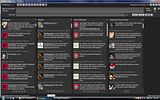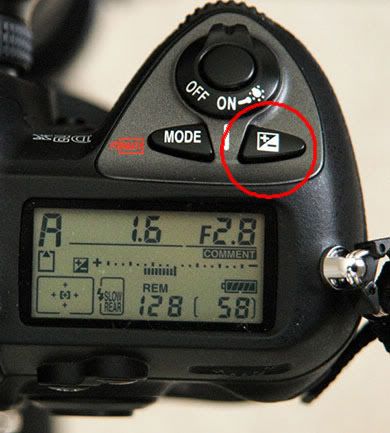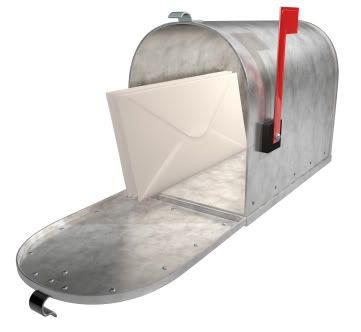
Good morning everyone. I've got a few things to tell everyone about before we get into any solid content. First up until recently when I got to work every morning, I would setup my laptop, and start to browse my usual blogs, news, etc. This was time consuming because there were quite a few of them, and I had to open every new page and then decide if there was anything worth reading that particular day. Well no more! After reading Scott Kelby's blog yesterday about Alltop I decided to give it a try. I love it! It follows the blogs that you want everyday so you go to one place to find all of your content. Once there, all you have to do is hover over the content that you think you want to read and it will give you the first paragraph without having to actually click on it. This is great! If you're interested in seeing what I follow click here: Jason's Alltop.
It's back! Bootcamp over at The Strobist. It's free to participate. Great prizes, and you'll likely learn a thing or two. I'm already planning my first shot... I can't wait.
There is something else I want to tell everyone about. Many of you may already know about it, maybe you don't. If you're on Twitter, you need Tweet Deck. Tweet deck keeps track of all of your happenings on Twitter automatically and updates you when someone tweets, or when they direct message you. It also keeps track of your Facebook if you want it to. It will alert you when someone changes their status. It's great. Here's a screenshot of what mine looks like at this particular moment:

Try it out, I think you'll like it.
I finished The Hot Shoe Diaries for the third time last night. I am really glad that I re-read that book. There were things that I missed the first and second time through. There are probably things that I am still missing so I'm sure at some point I'm going to go back through it again. I want to give you all some of the useful information that I gained from that book. These tips are not by any means a representation of all of the content and knowledge that is presented in that book. Rather a series of things that I didn't know before the book that now I do.
Global adjustments verses local adjustments. When you are in aperture priority mode and you make an exposure compensation by pressing the exposure compensation button shown below and rolling the command dial

you change the global exposure for the camera AND the flash. So for example if you are taking a photograph of someone and you want the background to be a little darker and more saturated, you would press the exposure compensation button and roll the dial until you see a -1.0 or however dark you want to go on the background. When you do that though, you are turning the power on the flash down as well. The flash will go that same amount darker because that exposure compensation button is GLOBAL meaning it effects everything. To compensate, and make your subject lit properly you have to adjust your flash back up. You do this with the flash compensation. It differs from camera to camera and flash to flash so refer to your manual on how to adjust the flash compensation. Also, just because you go say -1.0 on the exposure compensation, doesn't necessarily mean that you will go +1.0 on the flash. I generally start at the positive amount on the flash corresponding to the negative amount on the exposure compensation, but I usually go up or down from there depending on what the image looks like. This little trick will give you wonderful, saturated backgrounds and well lit subjects.
To go along with the first bit of information learned, I learned that even though the exposure compensation is overridden on the camera when you go into Manual exposure mode, the exposure compensation still effects the flash. Let me explain. Lets say that you are in aperture priority mode, and you have the exposure compensation dialed to -1.7. Then you decide that you'd be better off controlling the exposure manually so you switch to manual exposure mode(indicated by the M on your camera's control dial). When you switch to Manual, the exposure compensation is no longer effecting the exposure portion of the camera. If you want to adjust exposure now you change your shutter speed and/or your aperture(f/stops). The exposure compensation does however still effect your flash. So in our example if you have your exposure compensation set at -1.7 when you decide that you're going to go into manual, and you don't change that back to 0 before you switch, your flash will be underexposing by 1.7 stops in every image. The moral of the story here is, make sure you set your exposure compensation back to 0 before you switch to manual mode.
There are many many more tid bits of info that I took away with me from that book, but I think from now on, I'll do a random "bit of information" every day. Sometimes it will be from that book, sometimes it will be from my own experience, and sometimes it will just be something I've heard and tried that worked.
See you tomorrow. Jason






(Nice picture up top!)
ReplyDeleteI use Google Reader! It's a God-send. ...go to http://pjbre.wordpress.com/contact and click on 'google reader'